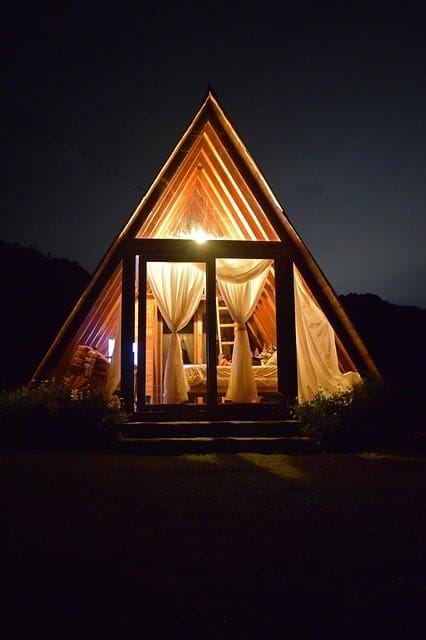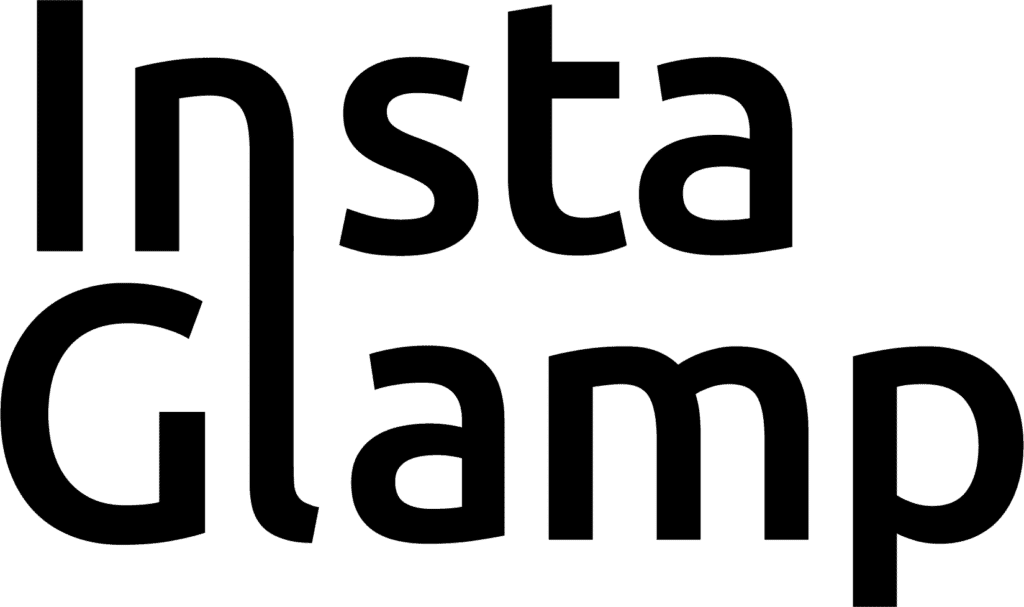Introduction to Glamping
Glamping, a blend of ‘glamour‘ and ‘camping,’ offers an innovative way to experience the outdoors with the comforts of home. Unlike traditional camping, which often involves basic setups and shared facilities, glamping provides a more luxurious and comfortable stay, appealing to travelers who seek nature without compromising on convenience.
What is Glamping?
Glamping, short for ‘glamorous camping,’ refers to upscale accommodations in outdoor settings. These accommodations can include domes, treehouses, container homes, A-frames, and other unique structures, many of which come equipped with private bathrooms, kitchens, and high-quality bedding. The goal is to provide a memorable, luxury stay in nature without the rough conditions of traditional camping.
Glamping vs. Traditional Camping
Traditional camping usually involves simple setups like tents and communal facilities. Glamping, on the other hand, elevates the experience by offering privacy, comfort, and high-end amenities, making it appealing to a broader range of travelers, including those who might not typically enjoy camping.
Why Glamping Appeals to Travelers
Glamping has become popular with travelers looking for a unique, nature–focused getaway combined with comfort. The rising demand for these types of experiences presents a promising opportunity for entrepreneurs interested in the hospitality and tourism industry.
Conducting Market Research for Glamping
Thorough market research is essential when starting a glamping business. It helps you make informed decisions about profitability, location, and potential challenges.
Why Market Research is Important
Conducting market research ensures you understand the demand in your chosen location, your target market, and the expected profitability of your glamping business. This information will guide decisions on pricing, occupancy rates, and even the type of accommodations you offer.
Key Components of Market Research
– Earnings Potential: Estimate how much you can earn based on factors like occupancy rates, seasonal demand, and your location.
– Occupancy Rates: Aim for an occupancy rate between 60% and 100%. This is where most glamping businesses find profitability.
– Average Daily Rates: Consider how much you can charge per night. Rates vary depending on your location and the uniqueness of your structures. High-end accommodations can range from $300 to $700 per night.
– Zoning and Permitting: Ensure that your chosen location complies with local zoning laws and allows for short-term rentals. It’s crucial to check with your city or county to avoid any legal issues.
– Staffing: Consider the availability of staff, such as cleaners and maintenance workers, especially if your site is in a rural area. Utilize online platforms, local resources, and networking to find the right help.
By following these steps, you’ll lay a solid foundation for your glamping business.
Creating a Business and Marketing Plan
A strong business and marketing plan is vital for your glamping venture’s success. These plans will serve as blueprints for your operations and promotional efforts.
Why You Need a Business Plan
A business plan outlines your goals, target market, and the strategies you will use to operate successfully. It also provides a financial roadmap, helping you project revenue, expenses, and profitability.
Streamlining the Process
Creating a detailed business plan can seem overwhelming, but online resources like ChatGPT can simplify the process by generating a structured draft based on the specifics of your business. Provide the necessary details, such as the type of structures and amenities you’ll offer, and refine the draft over time.
Steps for Using ChatGPT to Create Your Business Plan
– Define your business concept (type of structures, location, seasonality).
– Input as much detail as possible about your business.
– Use the generated plan as a starting point and continue refining it.
Marketing Plan Overview
Your marketing plan should outline how you will attract guests. Like your business plan, ChatGPT can help you create an initial draft. Focus on marketing strategies that leverage social media, online ads, and collaborations with local influencers.
Key Elements to Include
– Business Plan: Goals, target market, operations, financial projections.
– Marketing Plan: Marketing strategies, target audience, promotional activities, and budget.
These tools can save time and provide a strong foundation for your planning efforts.
Financing Your Glamping Business
Securing financing is a critical step in turning your glamping vision into reality. Here are some options to consider:
1. Traditional Financing: If you’re purchasing land or an existing property, a traditional mortgage can help finance the acquisition. However, this may not cover construction costs, so a separate construction loan might be needed.
2. Business or Commercial Loans: These loans can cover both property purchase and construction. They usually require detailed construction plans and regular inspections to release funds.
3. Private or Hard Money Lenders: These lenders offer short-term loans for property and construction but usually provide less oversight than commercial loans. They can be useful if you prefer more control over the process.
Consider these options based on your business goals and financial situation.
Property Acquisition and Due Diligence
Before purchasing land for your glamping business, conduct due diligence to ensure the property is suitable for development. This includes verifying zoning laws, conducting soil tests for septic systems, and confirming access to utilities like water and electricity.
Make sure to allocate a minimum of 60 days for thorough research and testing to avoid unexpected issues down the line.
Building Infrastructure and Structures
Once you’ve secured your property, the next step is preparing the land and building your glamping accommodations.
Infrastructure Preparation
This stage involves clearing the land, installing utilities (water, electricity, sewage), and marking the areas where structures will be built. Thorough preparation ensures your glamping site operates smoothly once it’s open.
Prefab vs. Ground-Up Construction
You can either build your structures from scratch or use prefabricated options. Prefab structures are quicker to install but may limit customization. Ground-up construction offers more flexibility but requires more time and resources.
Consider your budget, timeline, and desired customization when choosing your construction method.
Furnishing and Landscaping
Creating a visually appealing glamping site enhances the guest experience. Landscaping features like fire pits, hot tubs, and well-maintained gardens can elevate your site’s appeal. Be sure to allocate a portion of your budget specifically for furnishings and landscaping.
Marketing and Launching Your Glamping Business
Once your site is ready, it’s time to attract guests. Set up listings on popular platforms like Airbnb and VRBO, implement dynamic pricing, and invest in social media marketing. High-quality photos and engaging descriptions are crucial for converting visitors into bookings.
Consider collaborating with local influencers and running ads to generate buzz. Using property management software can help you streamline operations and maintain a smooth guest experience.
Final Steps
Once your site is fully operational, review your business and marketing plans. Make sure your listings are optimized, your site is beautifully presented, and your pricing strategy is competitive.
When everything is ready, go live! Congratulations on launching your glamping business.


